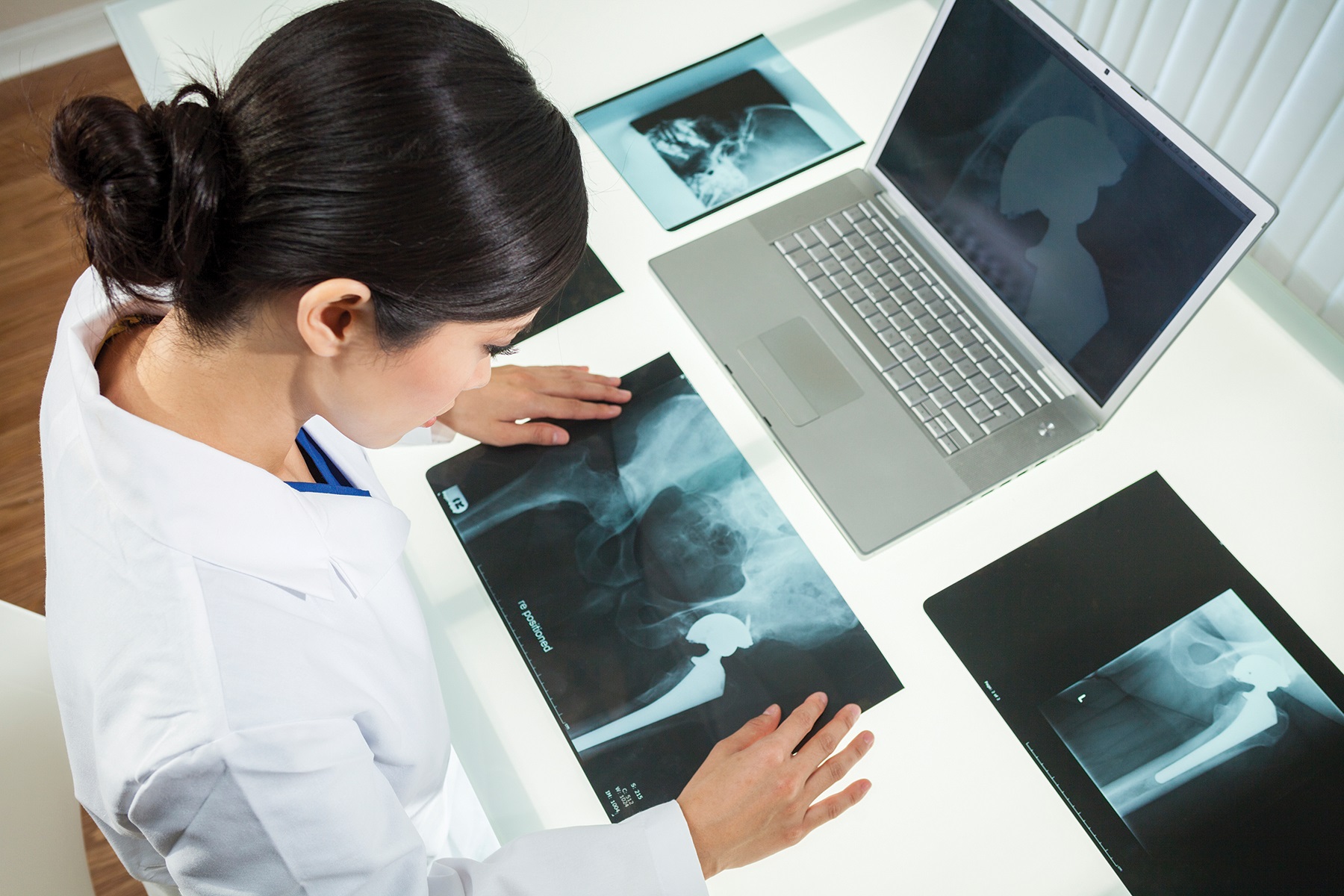Medicare’s Comprehensive Joint Replacement Program: How Are Medicare Beneficiaries Benefitting?
 Medicare beneficiaries’ outcomes following a hip or knee replacement are not well understood in New Jersey under Medicare’s mandatory bundling program, known as Comprehensive Care for Joint Replacement, or CJR. This is because submission of data related to patient-reported outcomes is voluntary, and to date, none of the published evaluations of the program, report on these outcomes. While CJR appears to be successfully reducing the use and cost of facility-based post-acute rehabilitation, there are few findings on how Medicare beneficiaries fare in their recoveries under CJR in terms of their everyday physical activities, such as carrying groceries and climbing stairs, or enjoying social activities. Further, there currently is no insight into the social determinants of health that may affect outcomes for these patients. This paper focuses on those underreported patient outcomes following hip and knee replacements under CJR and the need for further attention in this important area.
Medicare beneficiaries’ outcomes following a hip or knee replacement are not well understood in New Jersey under Medicare’s mandatory bundling program, known as Comprehensive Care for Joint Replacement, or CJR. This is because submission of data related to patient-reported outcomes is voluntary, and to date, none of the published evaluations of the program, report on these outcomes. While CJR appears to be successfully reducing the use and cost of facility-based post-acute rehabilitation, there are few findings on how Medicare beneficiaries fare in their recoveries under CJR in terms of their everyday physical activities, such as carrying groceries and climbing stairs, or enjoying social activities. Further, there currently is no insight into the social determinants of health that may affect outcomes for these patients. This paper focuses on those underreported patient outcomes following hip and knee replacements under CJR and the need for further attention in this important area.
Background
April 2016 saw the implementation of the first mandatory bundled payment model under Medicare – Comprehensive Care for Joint Replacement (CJR) – focused on hip and knee replacements. Hospitals in randomly selected metropolitan statistical areas were required to participate; 38 hospitals in New Jersey have been part of the mandatory program since its inception. These hospitals receive bonuses or pay penalties based on Medicare spending per episode, defined as 90 days following hospital discharge. In 2018, the Secretary of Health and Human Services announced that some of the geographic areas originally mandated to participate were being converted to voluntary status. However, none of the New Jersey areas were included in this change. The model is planned to continue through Dec. 31, 2020.
The Question
Studies to date on the early impact of CJR have largely focused on financial and utilization measures at the national level.1,2,3 This paper from NJHA’s Center for Health Analytics, Research & Transformation (CHART) focuses solely on the New Jersey experience with a particular emphasis on consumers, and draws comparisons between our state and the nation. It also sets the stage for deeper inquiry as CJR continues to evolve.
According to an article in the Jan. 2, 2019, issue of the New England Journal of Medicine1, Barnett, et.al., saw that at the national level, there were greater decreases in institutional spending per joint replacement episode in CJR areas compared to non-CJR areas between 2015 and 2017. The differential reduction reported in the study was -3.1 percent, with a high level of statistical significance (p<0.001). This was largely driven by a 5.9 percent relative decrease in the percentage of episodes in which patients were discharged to post-acute care facilities, such as skilled nursing facilities. The authors pose a question concerning whether these changes will increase, and along with them cost savings, as CJR matures. They also explore whether there could be negative implications, such as hospitals declining to treat sicker patients whose care could be more complex and costly.